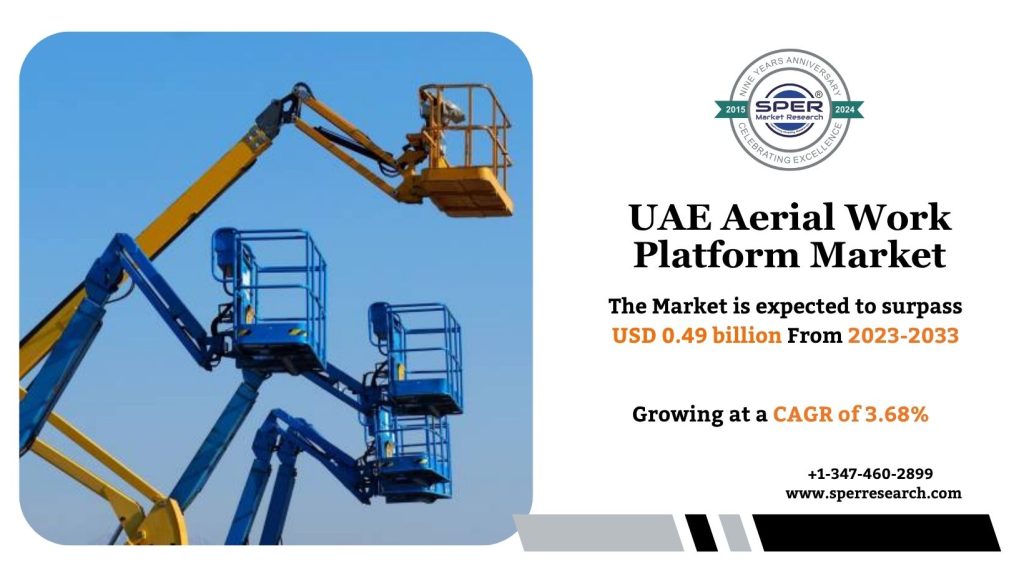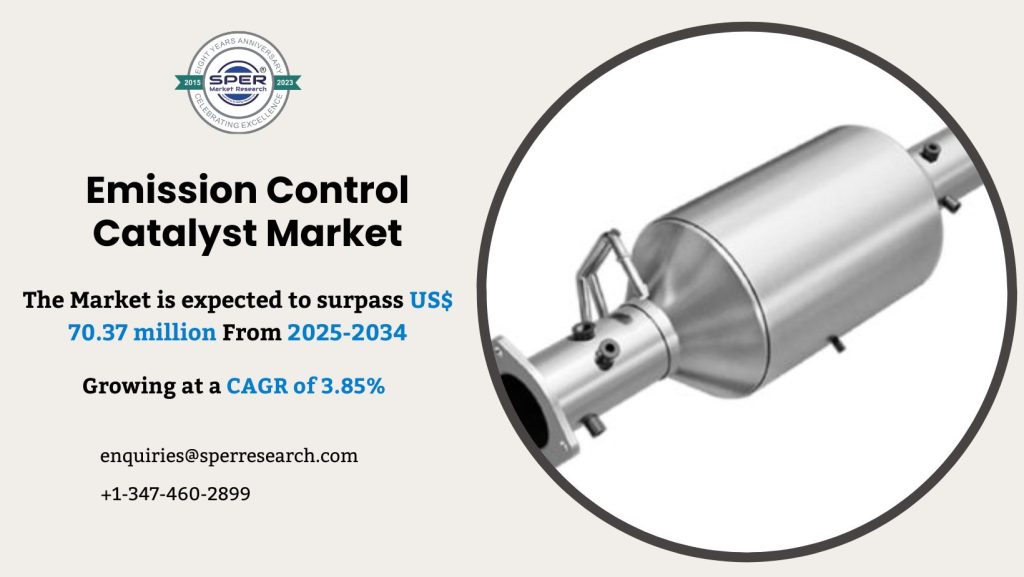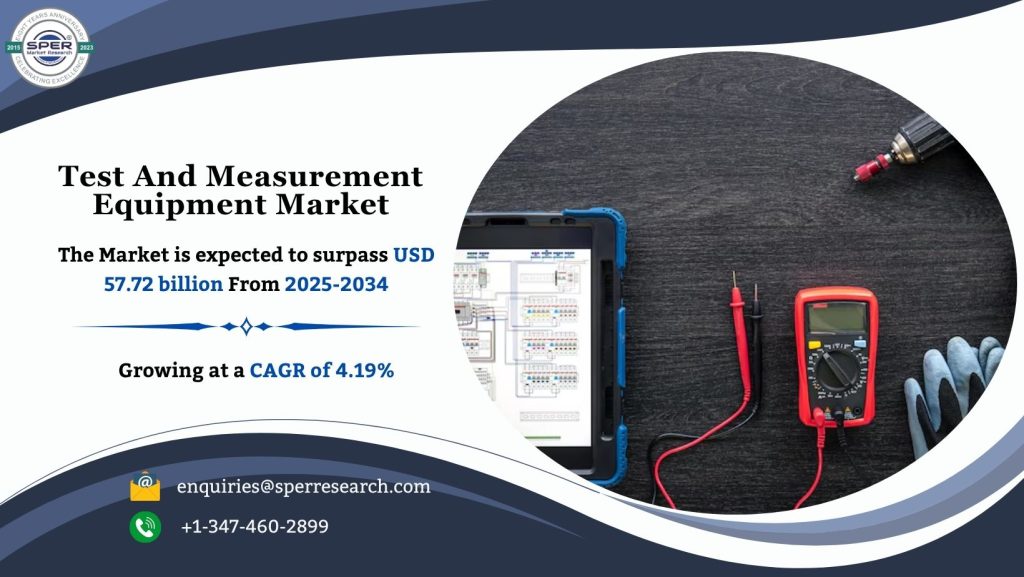A variety of devices and gadgets intended to promote exercise, increase physical activity, and boost general health and wellness are referred to as fitness equipment. It consists of multipurpose home gym systems, strength training equipment like resistance bands and dumbbells, and cardio devices like stationary cycles and treadmills. These devices, which are widely used in homes, gyms, and training centers, support a range of fitness objectives, including rehabilitation, muscular growth, weight reduction, and endurance. The need for easily accessible, easy-to-use, and technologically sophisticated equipment is rising along with health and fitness consciousness. In order to facilitate convenience and customized workouts, contemporary fitness equipment frequently incorporates features like digital tracking, virtual coaching, and small designs.
According to SPER Market Research, “Italy Fitness Equipment Market Size- By Type, By End User- Regional Outlook, Competitive Strategies and Segment Forecast to 2033” states that Italy Fitness Equipment Market is estimated to reach 18.65 USD billion by 2034 with a CAGR of 4.21%.
Drivers:
Growing health consciousness, an increase in lifestyle-related illnesses, and a worldwide trend toward preventative healthcare are the main factors propelling the exercise equipment industry. People are investing more in fitness and health as a result of urbanization, sedentary work habits, and rising obesity rates. Particularly since the pandemic, the popularity of at-home workouts has increased demand for small, multipurpose, and intelligent equipment. User involvement is improved by technological innovations including performance monitoring, app connection, and virtual training environments. Increased gym memberships and higher disposable incomes in cities also contribute to market expansion. Fitness equipment has become an essential part of contemporary health regimens due to social media impact, celebrity fitness endorsements, and government programs encouraging physical exercise.
Italy Fitness Equipment Market Sample in PDF Format, Click Here
Restraints:
Despite growing demand, the fitness equipment sector confronts a number of obstacles. Accessibility is restricted by the high upfront expenses of sophisticated or commercial-grade machinery, particularly in underdeveloped nations. The adoption of large equipment is hampered by the limited space in urban households. Customer satisfaction may be lowered by problems with maintenance and repairs as well as inadequate post-purchase assistance. Rapid technological development necessitates ongoing innovation, which raises producers’ R&D costs. Low-quality or counterfeit goods have an impact on brand reputation and customer trust. Long-term usage is also impacted by seasonal variations in demand as well as user inconsistency or lack of enthusiasm. Certain market sectors may see slower growth as a result of decreased expenditure on non-essential fitness items brought on by economic downturns and changing lifestyle choices.
Milan held the biggest revenue share in the Italy Fitness Equipment Market. The market is shaped by a combination of factors including the rise of home fitness, demand for innovative technology, and the presence of key Italian manufacturers. Some of the key market players are BH Fitness, Cybex International, Hammer Strength, Johnson Health Tech, Life Fitness and Matrix Fitness.
For More Information, refer to below link: –
Italy Fitness Equipment Market Growth
Related Reports:
USA Fire Safety Equipment Market Size
Thailand Marine Engine Market Size
Follow Us –
LinkedIn | Instagram | Facebook | Twitter
Contact Us:
Sara Lopes, Business Consultant — USA
SPER Market Research
enquiries@sperresearch.com
+1–347–460–2899









